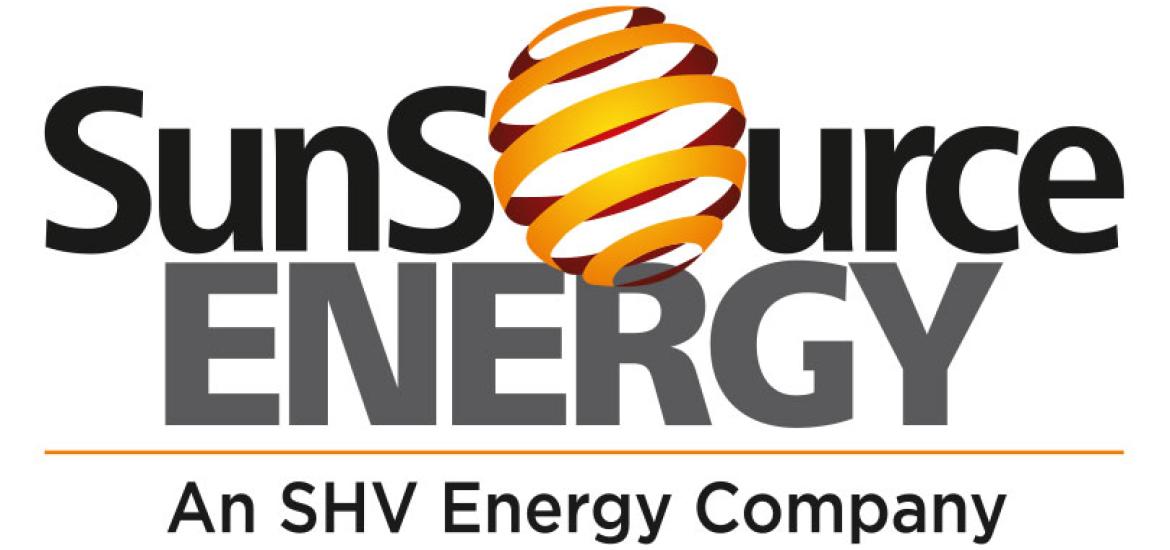Rooftop solar developers make concerted efforts to overcome challenges

Rooftop solar developers make concerted efforts to overcome challenges
Over the past one year, the solar power industry has increased its focus on rooftop solar development. An increasing number of states are reforming their net metering regulations. However, owing to various challenges, rooftop solar continues to be a minority segment in the country’s overall solar power ecosystem. At the “Solar Power in India” conference, senior representatives from leading rooftop development firms expressed their views on the key challenges faced by the segment, the possible solutions and the future outlook…
Cleantech Solar is essentially a solar independent power producer operating in India and Southeast Asia. We operate in eight countries and India forms about 75 per cent of our project portfolio. Our key focus is on commercial and industrial (C&I) consumers, with the industrial solar segment dominating the sales. Our portfolio size is about 300 MW, of which 100 MW is open access-based capacity.
We cater to both onsite and open access-based offsite needs of our industrial customers. In both cases, there are substantial savings for the customer as opposed to relying on any other source of power, which in most cases is the grid. In the case of open access-based offsite projects, it is possible to build large plants, which allow for cost reductions. However, large plants may face issues related to land acquisition and building transmission infrastructure.
The cost of solar energy delivered from an offsite can be 5-10 per cent lower than grid power, excluding charges for transmission and billing. These sources deliver power at a rate of Rs 4-5 per unit. This gives the industry an opportunity to become more competitive, although the existing stakeholders and power suppliers need to be accommodated. Customers cannot be denied access to a cheaper source of power. Economic viability, and some amount of engaging with regulators, is required.
At present, very few states allow open access. One of them is Tamil Nadu. Meanwhile Gujarat does not permit it at all. Others such as Andhra Pradesh and Telangana allow some form of open access or the other, but they are constrained in terms of transmission. Most of the states have devised difficult open access rules, which are not possible for developers to follow. Besides, one of the key issues associated with solar power is that it is intermittent. This is problem is even bigger in the case of offsite projects. Another issue pertains to project size. While rooftops and onsite land of consumers can usually accommodate more than 1 MW of power, there is a 1 MW limit for capacity as well as for net metering. Approaching the regulators for a solution will lead to a question of load study on transformers, which is a long and complicated process, and by the time an answer will emerge, the term of the power purchase agreement (PPA) may have ended. As a developer, we should keep asking for better and more consistent net metering and larger plant sizes where the transformer permits it. We have to solve this problem using economics rather than relying solely on the regulatory process.
The investment for Cleantech Solar came from debt investors, which include the Swiss Climate Fund, Deutsche Bank’s Green Climate Fund, the World Bank and State Bank of India. Thus, we have set up a relatively large fund right from the start. The debt allows us to focus on operations and maintenance (O&M) while enjoying the benefit of a substantially large average project size in the industry.
We are able to focus on our individual projects a lot more and keep most of the control parts in-house while outsourcing services such as panel cleaning.
-u5kjnp.png)
